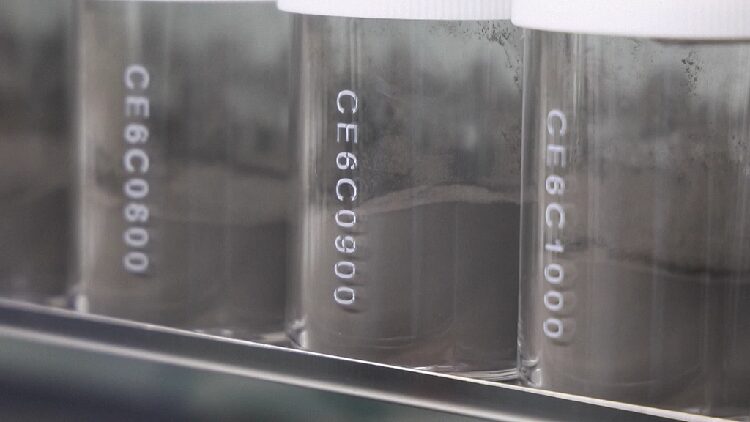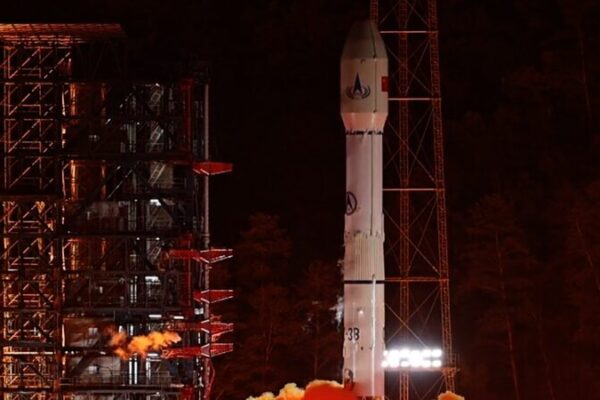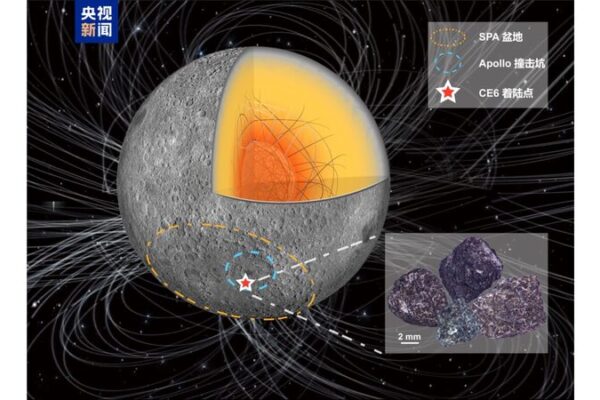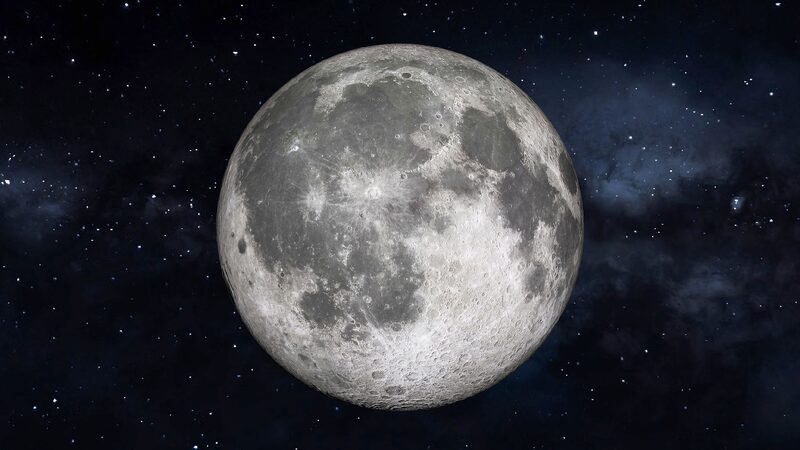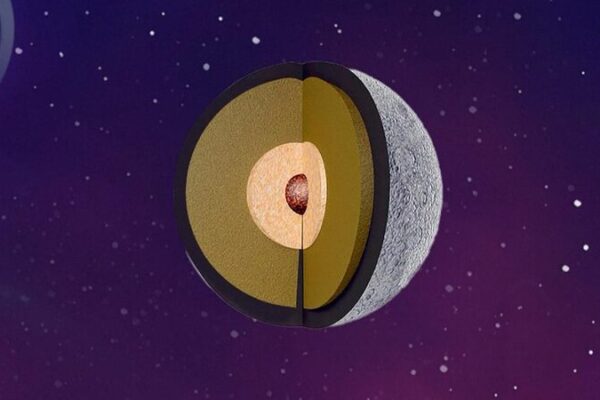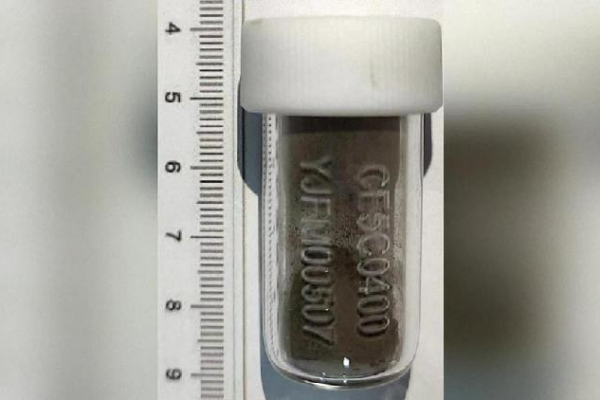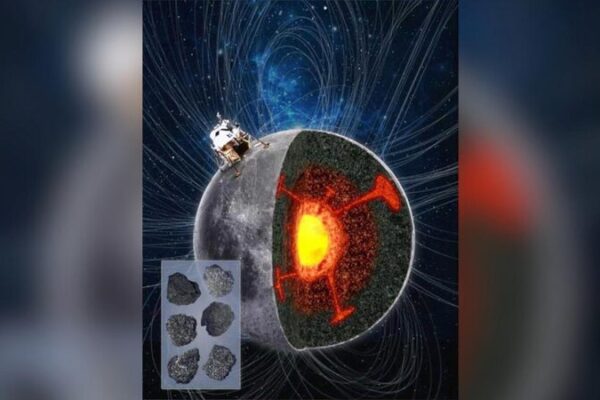A groundbreaking study of lunar samples collected by China’s Chang’e-6 mission has confirmed that the moon was once entirely covered by a molten “magma ocean” shortly after its formation. This discovery provides critical evidence for understanding the moon’s origin and evolution.
The joint research team, organized by the China National Space Administration (CNSA), published their findings in the latest issue of the journal Science. The Chang’e-6 mission in 2024 achieved humanity’s first-ever sampling from the far side of the moon, retrieving 1,935.3 grams of lunar material from the Apollo Basin within the South Pole-Aitken (SPA) Basin.
The Institute of Geology at the Chinese Academy of Geological Sciences received two grams of these samples for analysis. The study revealed that the composition of basalt—a type of volcanic rock—from both the far and near sides of the moon is remarkably similar. The basalt present in the Chang’e-6 samples is approximately 2.82 billion years old, and its characteristics support the lunar magma ocean model.
“Our analysis showed that the KREEP layer exists on the moon’s far side as well,” said Dr. Che Xiaochao, an associate researcher at the institute. “The similarity in basalt composition between the far and near sides indicates that a global magma ocean may have spanned the entire moon.”
The lunar magma ocean model, previously established based on samples from the moon’s near side, proposes that the newborn moon underwent a global melting event, creating a vast magma ocean. As this ocean cooled and crystallized, less dense minerals floated to form the lunar crust, while denser minerals sank to form the mantle. The remaining melt, enriched with elements like potassium (K), rare earth elements (REE), and phosphorus (P)—collectively known as KREEP—formed a distinct layer.
For decades, the lack of samples from the moon’s far side left this model incomplete. “Without samples from the far side, it was like solving a puzzle with half the pieces missing,” explained senior researcher Dr. Liu Dunyi. “The far-side samples collected by Chang’e-6 have changed this scenario.”
The SPA Basin, where Chang’e-6 landed, is no ordinary crater. Spanning 2,500 kilometers and plunging to a depth of 13 kilometers, this colossal scar was formed by a cataclysmic asteroid impact 4.3 billion years ago. It is the oldest and largest impact basin in the inner solar system.
The study also found that the lead isotope evolution paths in basalt from the far and near sides differ. This suggests that different regions of the moon evolved differently after the magma ocean crystallized. “Giant impact events, especially the one that created the SPA Basin, likely changed the physical and chemical properties of the moon’s mantle,” said Dr. Long Tao, another senior researcher on the team. “In other words, the moon was once covered by a global magma ocean, but later bombardments of asteroids caused different evolutionary processes on the near and far sides.”
The research team plans to delve deeper into the moon’s early impact history. “The Chang’e-6 sampling site is in the largest and oldest impact basin in the inner solar system, so it may contain records useful for the study of early solar system impacts,” Dr. Che added. “We also hope to find materials from the moon’s mantle.”
Studying the moon’s impact history not only sheds light on its own evolution but also helps scientists understand Earth’s early past, which has been obscured by tectonic activities. “Investigating these ancient events on the moon provides a window into the history of the entire inner solar system,” said Dr. Long.
The CNSA emphasized its commitment to advancing lunar research and sharing scientific findings with the international community. As humanity continues to explore the moon, missions like Chang’e-6 are bringing us closer to unraveling the mysteries of our closest celestial neighbor.
Reference(s):
Chang'e-6 samples provide evidence of "magma ocean" on early moon
cgtn.com

